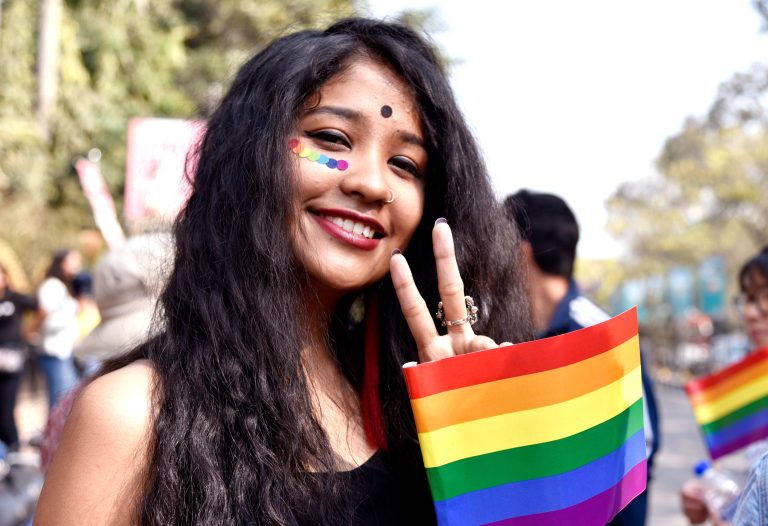The government of Tamil Nadu, a small South Indian state has proposed a new policy that would, in effect, improve the lives of LGBTQ+ residents.
The proposal entitled “Draft Policy for the Welfare of LGBTQIA+ Persons” was introduced by the Tamil Nadu State Planning Commission in July of 2023. According to the Washington Blade, key points of the policy included a 1% quota for transgender and intersex people in local education and employment.
However, the proposal has seen little movement since. Tamil Nadu is home to nearly 82 million people, and if the government is successful in carrying out policy changes, many Indian LGBTQ+ citizens could be positively affected.
India’s Madras High Court acknowledged Tamil Nadu’s proposal in early 2024, commending the state on their progressive ideas. However, same-sex marriage remains illegal in India and LGBTQ+ communities throughout the country of 1.4 billion people.
The court has also aided Tamil Nadu’s government in drawing up a comprehensive policy for LGBTQ+ protections, recommending that the state establish a State Commission for Sexual and Gender Minorities, and introduce further policies that combat discrimination and violence.
The current proposal seeks to promote inclusivity and equality. In action it would expand accessible healthcare to be trans-inclusive and call for nondiscrimination policies in governmental departments and public authorities. The proposal also would call on educational institutions to adopt policies to address violence, abuse and discrimination against students with diverse gender identities and sexual orientations, the Washington Blade reports.
To tackle these demands, the proposal also recommends the creation of organized bodies like the Tamil Nadu Council for LGBTQ persons and/or a District Level LGBTQ Welfare and Justice Committee.
Ramakrishnan, a spokesperson for SAATHII, an organization focused on inclusive healthcare, said of the proposal “Tamil Nadu is the first state in India to develop a unified policy covering sexual orientation, gender identity and sex characteristics.”


